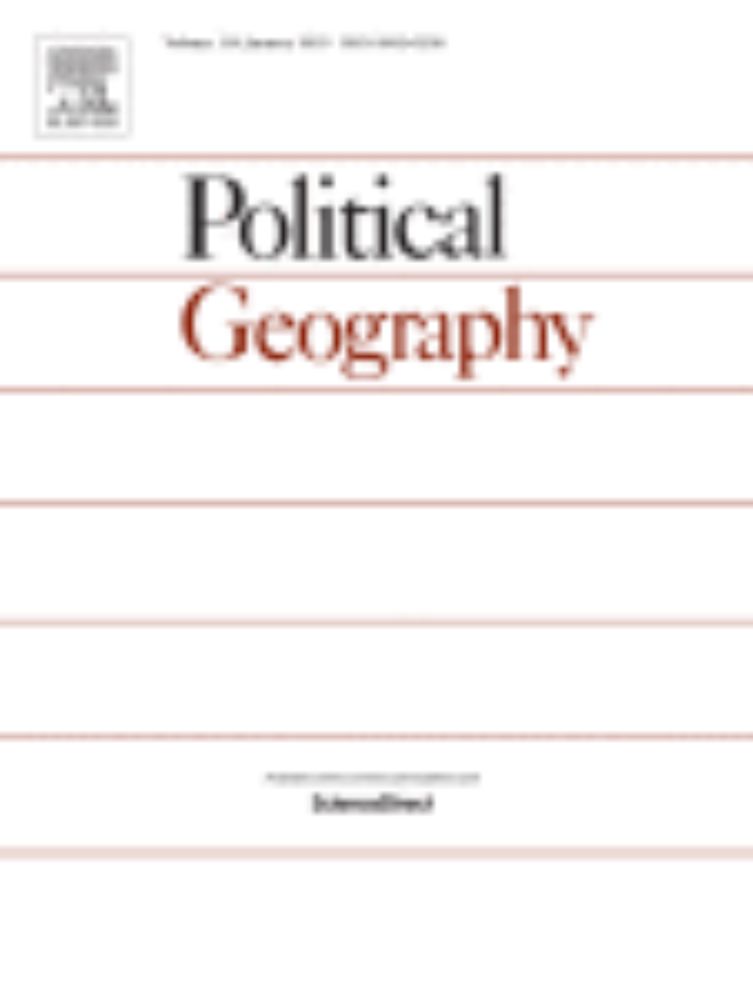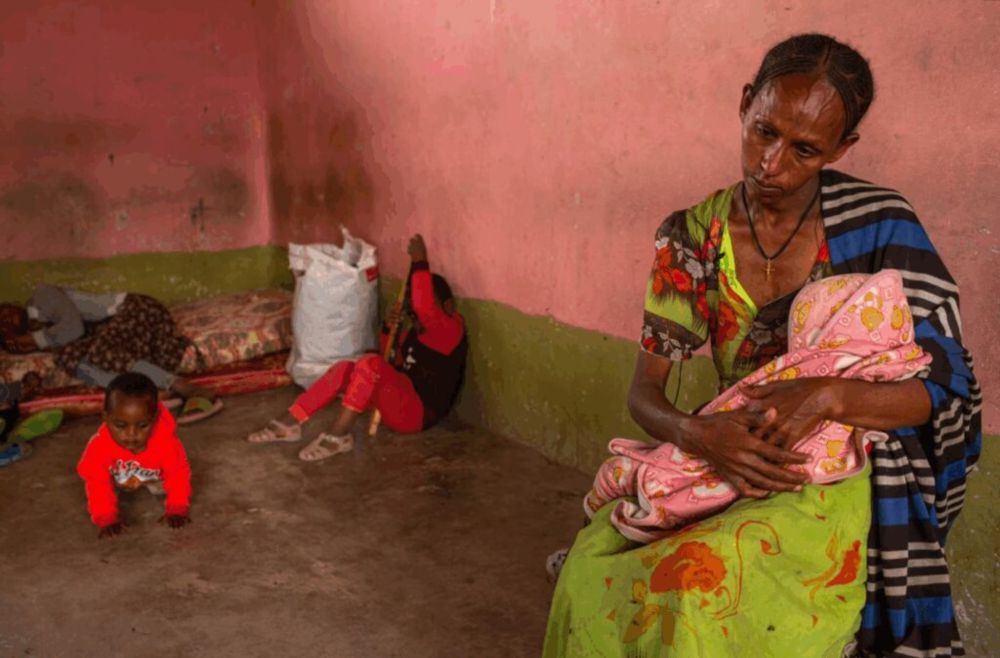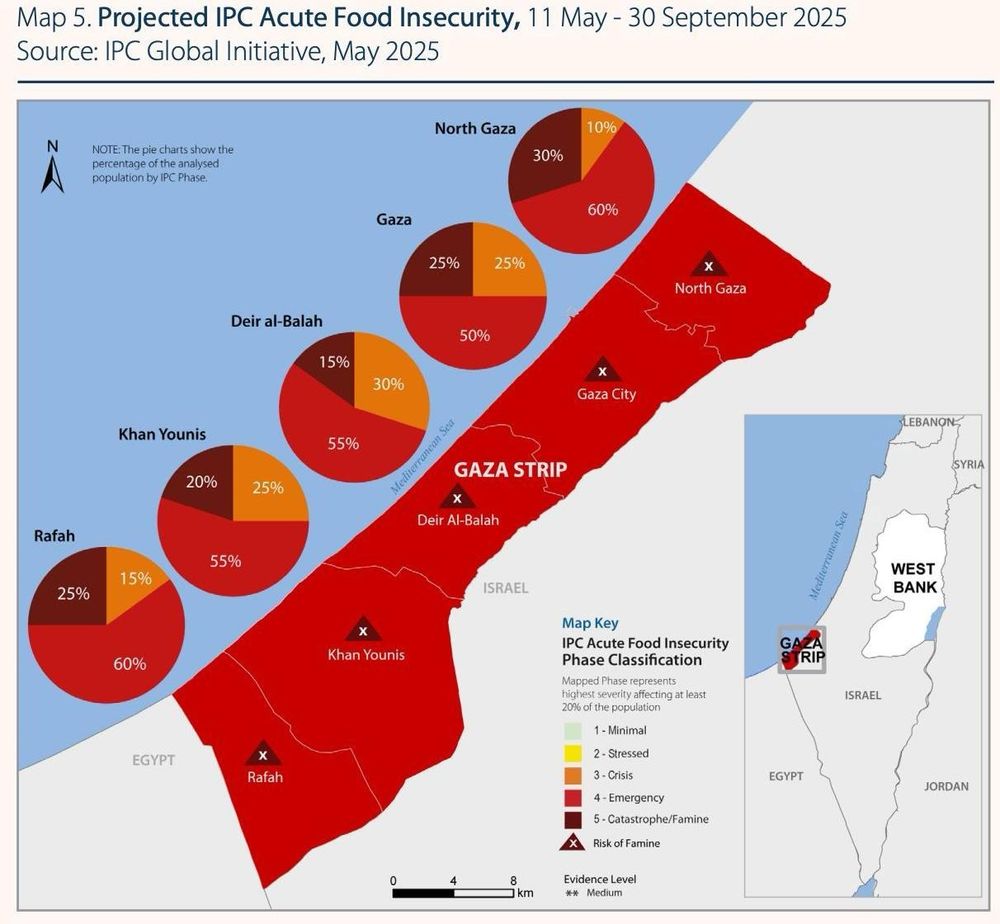Teklehaymanot G. Weldemichel
@tekgw.bsky.social
260 followers
110 following
43 posts
Lecturer in Environment and Development at @GlobalDevInst
(Pre) Asso. Prof. of Human Geography, @NTNU.
Tigrayan,
I write about #TigrayGenocide and more.
Posts
Media
Videos
Starter Packs
Reposted by Teklehaymanot G. Weldemichel
Reposted by Teklehaymanot G. Weldemichel
Reposted by Teklehaymanot G. Weldemichel
Reposted by Teklehaymanot G. Weldemichel
Reposted by Teklehaymanot G. Weldemichel
Reposted by Teklehaymanot G. Weldemichel
Reposted by Teklehaymanot G. Weldemichel
Felix Mantz
@fmantz101.bsky.social
· Jun 24

Land grabbing through unlivability: Necro-scapes and slow violence in the expansion of conservation regimes in Tanzania - Felix Mantz, 2025
Land grabbing is a persistent and highly dynamic global phenomenon whereby people's power over territories are alienated through multiple and ever-changing...
journals.sagepub.com
Reposted by Teklehaymanot G. Weldemichel
Felix Mantz
@fmantz101.bsky.social
· Sep 3

Tigray as a Death World: Frantz Fanon, colonialism, and the limits of liberation struggles
Ethiopia’s relationship with its constituent peripheries and Tigray in particular can without any doubt be described as colonial—a peculiar example of internal colonialism, in the sense that it is not...
tghat.com
Reposted by Teklehaymanot G. Weldemichel
Hilary Matfess
@hilarymatfess.bsky.social
· Aug 19

Urgent Action Is Needed to Prevent Tigray from Sliding Back into War - IPI Global Observatory
The current state of “no war no peace” in northern Ethiopia seems to be preserved only by the rainy season’s predictable afternoon showers and relatively chill air. Tigrayans are making anxious prepar...
theglobalobservatory.org
Reposted by Teklehaymanot G. Weldemichel
Reposted by Teklehaymanot G. Weldemichel
Reposted by Teklehaymanot G. Weldemichel
Reposted by Teklehaymanot G. Weldemichel
Timnit Gebru
@timnitgebru.bsky.social
· Jul 30
Reposted by Teklehaymanot G. Weldemichel
Timnit Gebru
@timnitgebru.bsky.social
· Jul 30
Reposted by Teklehaymanot G. Weldemichel
Reposted by Teklehaymanot G. Weldemichel















